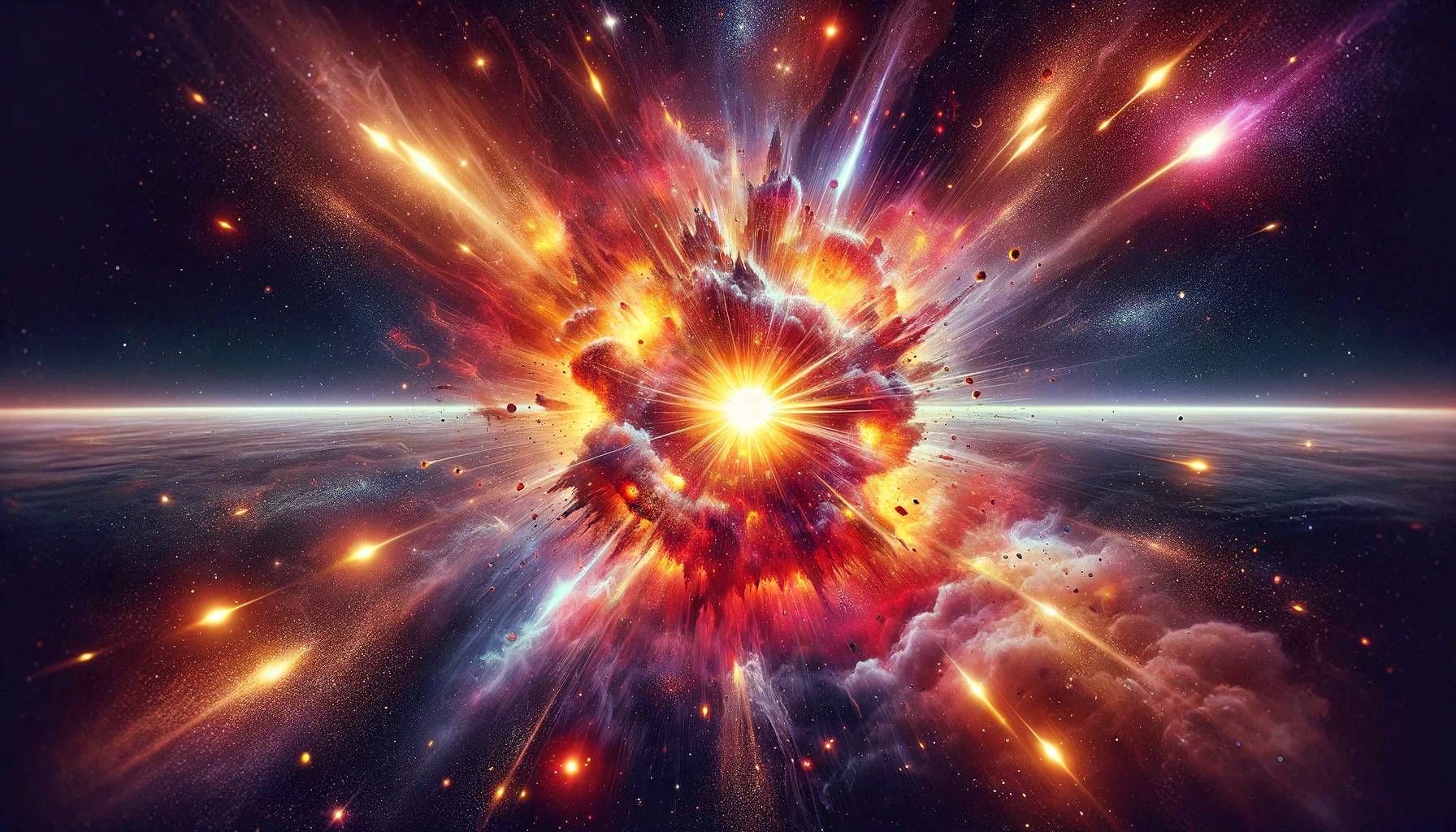Un grup de astrofizicieni, numiți în mod sugestiv “arheologi stelari”, au făcut recent o descoperire care răstoarnă cunoștințele actuale despre compoziția stelară. Aceștia au identificat o stea cu proprietăți neobișnuite, denumită simbolic „Steaua Barbenheimer”, referință creativă la filmele „Barbie” și „Oppenheimer”, lansate simultan anul trecut. Această stea, cu o compoziție chimică diferită de orice altă stea cunoscută, a fost descoperită în timpul unei cercetări a istoriei cosmice a unei alte stele, la fel de neobișnuite.
Descoperirea a venit după studierea detaliată a J0931+0038, o stea roșie gigantică și îndepărtată, identificată inițial în 1999 de Sloan Digital Sky Survey (SDSS). Cu toate acestea, particularitățile sale nu au fost înțelese până de curând, când telescoapele SDSS din New Mexico, împreună cu observațiile ulterioare de la Telescopul Giant Magellan din Chile, au furnizat un spectru detaliat al stelei. Analiza a relevat o metalitate neobișnuită a lui J0931, caracterizată printr-o concentrație mare de elemente grele.
Această metalitate neobișnuită a fost analizată într-un nou studiu, încărcat pe serverul de prepublicații arXiv, și sugerează că J0931 s-a format din resturile unei supernove ale unei stele și mai mari – cu 50 până la 80 de ori mai masivă decât Soarele nostru – datând de acum 13 miliarde de ani. Acest lucru sugerează că metalicitatea Stelei Barbenheimer, steaua părinte a lui J0931, era probabil la fel de neobișnuită înainte de a exploda.
Explozia unei Stele Sfideaza Legile Fizici a Lasat Cercetatorii fara Explicatii
Astrofizicianul Alex Ji de la Universitatea din Chicago, autorul principal al studiului, a subliniat caracterul unic al descoperirii: „Nu am văzut niciodată așa ceva. Orice s-a întâmplat atunci, trebuie să fi fost uimitor”.
Steaua J0931 a prezentat trei aspecte neobișnuite ale metalității sale. În primul rând, avea nivele scăzute de elemente mai ușoare precum magneziu, sodiu și aluminiu, care sunt în mod normal mai abundente în stele. În al doilea rând, prezenta o cantitate mare de elemente cu greutate medie, cum ar fi fierul, nichelul și zincul. În cele din urmă, steaua avea o supraabundență de elemente mai grele, precum stronțiul și paladiul.
Coautoarea studiului, Jennifer Johnson, astronom la Universitatea de Stat din Ohio, a remarcat că, deși unele stele pot prezenta individual aceste caracteristici, combinarea lor într-o singură stea este extraordinară.
În general, majoritatea stelelor au metalitatea inversă a lui J0931, cu nivele mai mari de elemente mai ușoare și mai mici de elemente grele. Aceasta se datorează faptului că stelele se formează din hidrogen și heliu, care fuzionează în nucleele lor pentru a crea elemente mai grele. Astfel, bogăția lui J0931 în elemente grele, în absența unei concentrații adecvate de elemente mai ușoare, rămâne un mister.
Această descoperire neobișnuită deschide noi căi de cercetare în domeniul astrofizicii și oferă un nou nivel de înțelegere a evoluției timpurii a universului.






















